How To Clean A Lens Filter?
Cleaning a lens filter is an essential task for photographers who want to maintain the quality of their images. A dirty or smudged lens filter can significantly affect the clarity and sharpness of your photos. In this article, we will explore the best practices for cleaning a lens filter, the tools you will need, and some tips to ensure you do not damage the filter in the process.
Understanding the Importance of a Clean Lens Filter

A lens filter serves multiple purposes, including protecting the lens from dust, scratches, and other environmental factors. It can also enhance the quality of your photos by reducing glare, improving contrast, and managing reflections. However, a dirty lens filter can introduce unwanted artifacts into your images, such as smudges, dust spots, and reduced sharpness. Therefore, keeping your lens filter clean is crucial for maintaining the integrity of your photographs.
Tools You Will Need
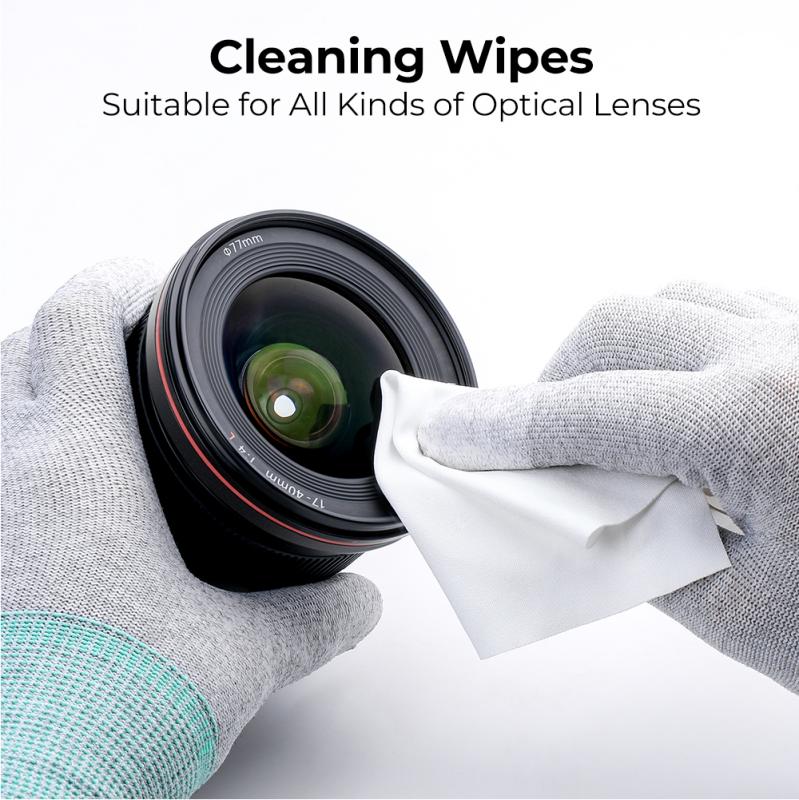
Before you start cleaning your lens filter, gather the following tools:
1. Blower: A blower is used to remove loose dust and particles from the surface of the filter.
2. Lens Brush: A soft-bristled brush designed specifically for camera lenses and filters.
3. Microfiber Cloth: A lint-free cloth that is gentle on the filter surface.
4. Lens Cleaning Solution: A solution formulated for cleaning optical surfaces.
5. Lens Cleaning Tissue: Disposable tissues designed for cleaning lenses and filters.
Step-by-Step Guide to Cleaning a Lens Filter

Step 1: Remove Loose Dust and Particles
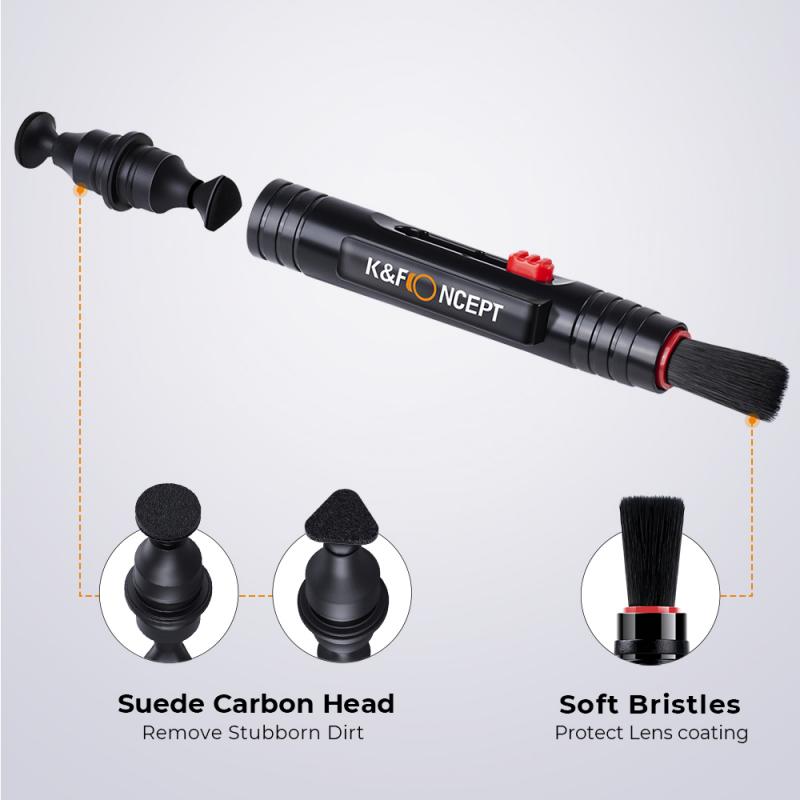
The first step in cleaning your lens filter is to remove any loose dust and particles. Use a blower to gently blow away any debris from the surface of the filter. Hold the filter at an angle and use short bursts of air to dislodge the particles. Avoid using canned air, as the propellant can leave residue on the filter.
Step 2: Use a Lens Brush
After using the blower, take a lens brush and gently sweep the surface of the filter. The soft bristles of the brush will help remove any remaining dust particles. Be sure to use light, gentle strokes to avoid scratching the filter.
Step 3: Apply Lens Cleaning Solution
If there are smudges or fingerprints on the filter, you will need to use a lens cleaning solution. Apply a few drops of the solution to a microfiber cloth or a lens cleaning tissue. Do not apply the solution directly to the filter, as this can cause it to seep into the edges and potentially damage the filter.
Step 4: Wipe the Filter
Using the microfiber cloth or lens cleaning tissue with the cleaning solution, gently wipe the surface of the filter in a circular motion. Start from the center and work your way outwards. This technique helps to avoid spreading dirt and oils across the filter. Be sure to use a clean section of the cloth or tissue for each pass to prevent re-depositing dirt onto the filter.
Step 5: Inspect the Filter
After cleaning, inspect the filter under a bright light to ensure that all smudges and particles have been removed. If you notice any remaining spots, repeat the cleaning process as needed.
Tips for Maintaining a Clean Lens Filter
1. Use a Filter Case: Store your lens filters in a protective case when not in use to prevent dust and scratches.
2. Handle with Care: Always handle your lens filters by the edges to avoid leaving fingerprints on the surface.
3. Regular Cleaning: Make it a habit to clean your lens filters regularly, especially after shooting in dusty or humid environments.
4. Avoid Harsh Chemicals: Only use cleaning solutions that are specifically designed for optical surfaces. Harsh chemicals can damage the coating on the filter.
5. Check for Damage: Regularly inspect your filters for scratches or other damage. A damaged filter can affect the quality of your images and should be replaced if necessary.
Common Mistakes to Avoid
1. Using Rough Materials: Avoid using paper towels, facial tissues, or other rough materials to clean your lens filter. These can scratch the surface and damage the coating.
2. Applying Too Much Pressure: Be gentle when cleaning your filter. Applying too much pressure can cause scratches or damage the filter.
3. Ignoring the Edges: Pay attention to the edges of the filter, as dust and dirt can accumulate there. Use a blower or brush to clean the edges thoroughly.
4. Skipping the Blower: Always start with a blower to remove loose particles. Skipping this step can result in dragging dust across the filter surface, causing scratches.
Cleaning a lens filter is a straightforward process, but it requires attention to detail and the right tools. By following the steps outlined in this article, you can ensure that your lens filters remain clean and free of smudges, dust, and other contaminants. Regular maintenance of your lens filters will help you achieve the best possible image quality and extend the life of your photographic equipment. Remember to handle your filters with care, use appropriate cleaning materials, and store them properly when not in use. With these practices, you can keep your lens filters in optimal condition and continue capturing stunning photographs.


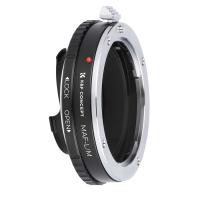
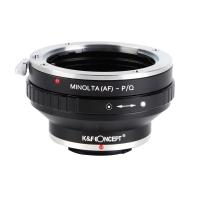
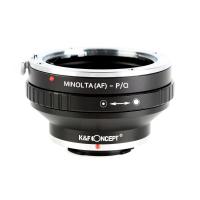


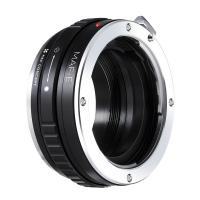
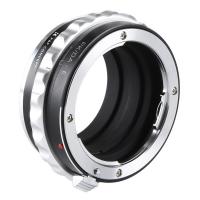
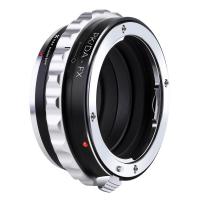
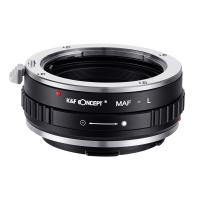
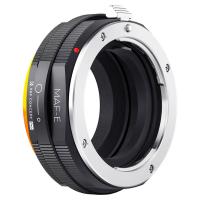




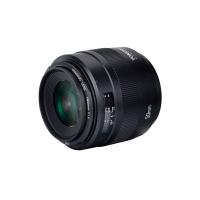


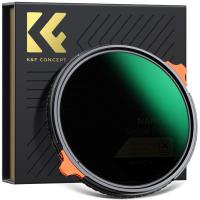
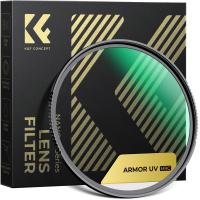


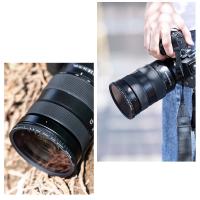
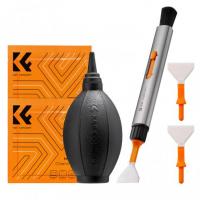


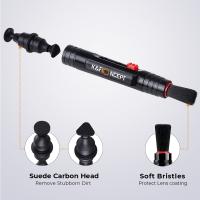





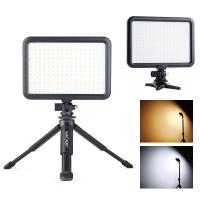



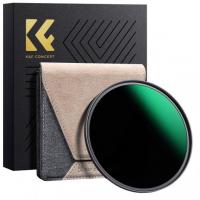


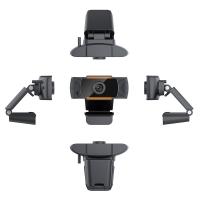

There are no comments for this blog.